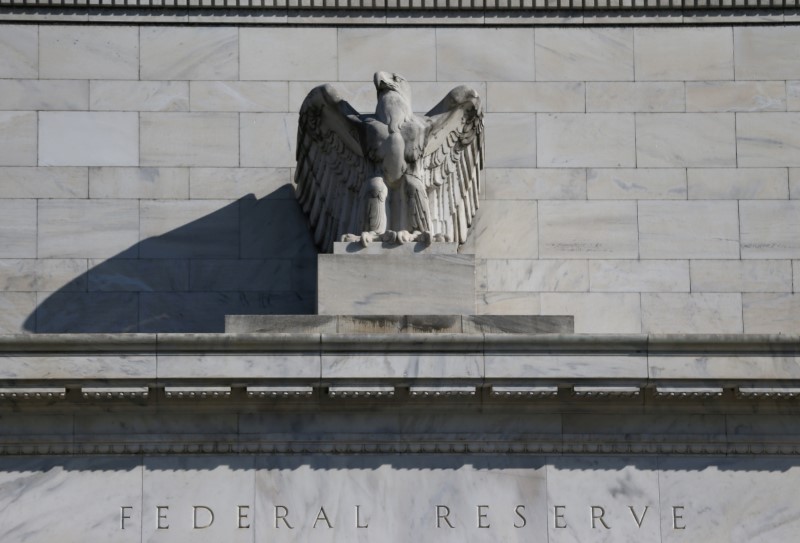By Howard Schneider and Lindsay Dunsmuir
WASHINGTON (Reuters) - By late 2014, U.S. central bankers knew the crisis-driven era of near-zero interest rates might be about to end and that they could within weeks approve the first U.S. rate hike in eight years.
But as debate over how to time and explain that shift in policy continued, a sharp divide emerged that would evolve into a years-long debate, only recently settled, over the nature of the economy and whether the Fed could discount its traditional concerns about inflation in favor of using lower interest rates to encourage a stronger job market.
In December 2014 the immediate issue was whether to start describing the Fed as "patient" in approving that first rate hike. But in approving the use of the word, then-Fed Gov. Jerome Powell and others said the bias should remain toward waiting, a position that has shaped Powell’s tenure as head of the central bank since early 2018.
"The very difficult mistake to recover from would be to go too soon," Powell said in comments that show his evolution from a centrist Republican and outspoken deficit hawk to a central banker ready to keep rates on hold until inflation proves it is a problem, allowing workers to bank wage and job gains in the meantime.
"We go, and then suddenly things turn bad for some reason that will look really obvious in hindsight," he said. "Now we’re sitting around this table... and suffering from immense criticism that will be very hard to defend. That’s a place where we really don’t want to be."
That underlying issue would dog the Fed for the next five years, as interest rates first moved up by a glacial quarter of a percentage point in 2015 and 2016, then at a faster pace in 2017 and 2018 as economic growth picked up and unemployment fell to what seemed abnormally low levels, now 3.5 percent. Only last year, after a series of three rate cuts, was it tentatively resolved that there seemed little risk of prices starting to rise too quickly.
The debate in 2014, however, showed a strong minority of Fed officials anchored firmly to the notion that unemployment rates even far above where they are today - at 3.5% - would inevitably cause wages and prices to surge.
Then-Dallas Federal Reserve Bank President Richard Fisher noted at the December 2014 meeting that he was once stationed on a Naval ship that "contained 18 million gallons of the most explosive fuel of all... Prudence demanded that we would ease back on the throttle as we approached our port." Similarly, he said in arguing for faster rate hikes, a strengthening U.S. economy had "substantial combustible fuel" in the form of nearly $3 trillion in assets accumulated during the Fed's crisis-era bond buying.
The unemployment rate that month was 5.6 percent. The Fed even today has about $4 trillion in assets; inflation remains below the Fed's 2 percent target, and if anything, the concern is that it may slip lower.
It is now widely accepted that structural change to the U.S. and world economies has altered the traditional relationship between unemployment and inflation: it is no longer clear that jobless rates below a certain level lead to higher prices. The change has also mired both inflation and interest rates at what may be permanently low levels.
Adjusting to that reality defined both the final years of Janet Yellen's time as Fed chair, and Powell's tenure so far - evident in his frequent comments on how low unemployment is drawing marginalized workers into jobs.
Back in 2014 only a few argued that lower unemployment should take priority until inflation actually became a problem.

"No one is going to complain to the Federal Reserve 'You've created way too many jobs. Stop creating so many jobs,'" former Minneapolis Federal Reserve Bank President Narayana Kocherlakota said at the December policy meeting.